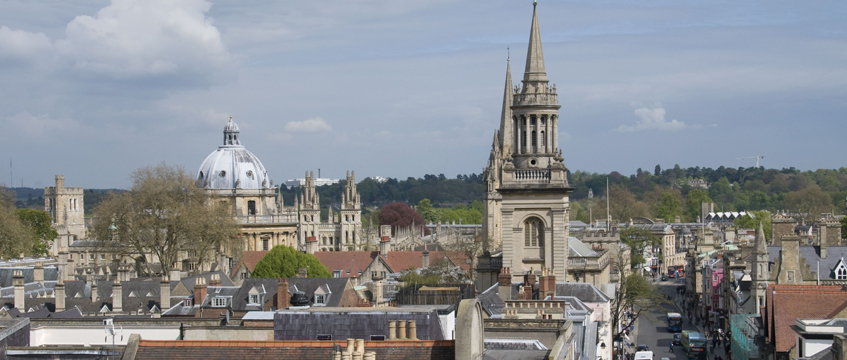The second floor of an Oxford townhouse is, in fact, a separate flat, even though access to it is via a first-floor study, the High Court ruled earlier this month.
The property in question is a 1908-built north Oxford townhouse that was converted into three separate flats in 1974. When the current owners bought it in 1985, they restored it to its original state as a single house, removing all partitions apart from a fire door to the second floor that was required by fire regulations.
The property was entered as single dwelling for council tax purposes in 1993. In July 2019, a listing officer visited the property and recommended that the Valuation Office class the second-floor flat as separate dwelling.
The officer said that the owners had been letting out the top floor, which, he said, “is without doubt a self-contained unit”. The Valuation Office agreed.
Even so, the landing on which the fire door to the second floor is located is used as a home office, and has been used in the past as a living room, which means that access to the floor is via a private room.
The owners have appealed the decision all the way to the High Court, via the Valuation Tribunal. They argue that the decision was an error in law.
However, property judge Sir Ross Cranston disagreed and said that the Valuation Tribunal was entitled to ignore privacy issues raised by the owners relating to the access to the flat.
Salisbury and another v Valuation Tribunal of England
Queen’s Bench Division (Sir Ross Cranston) 5 November 2021









